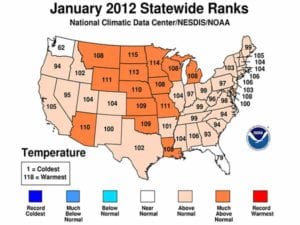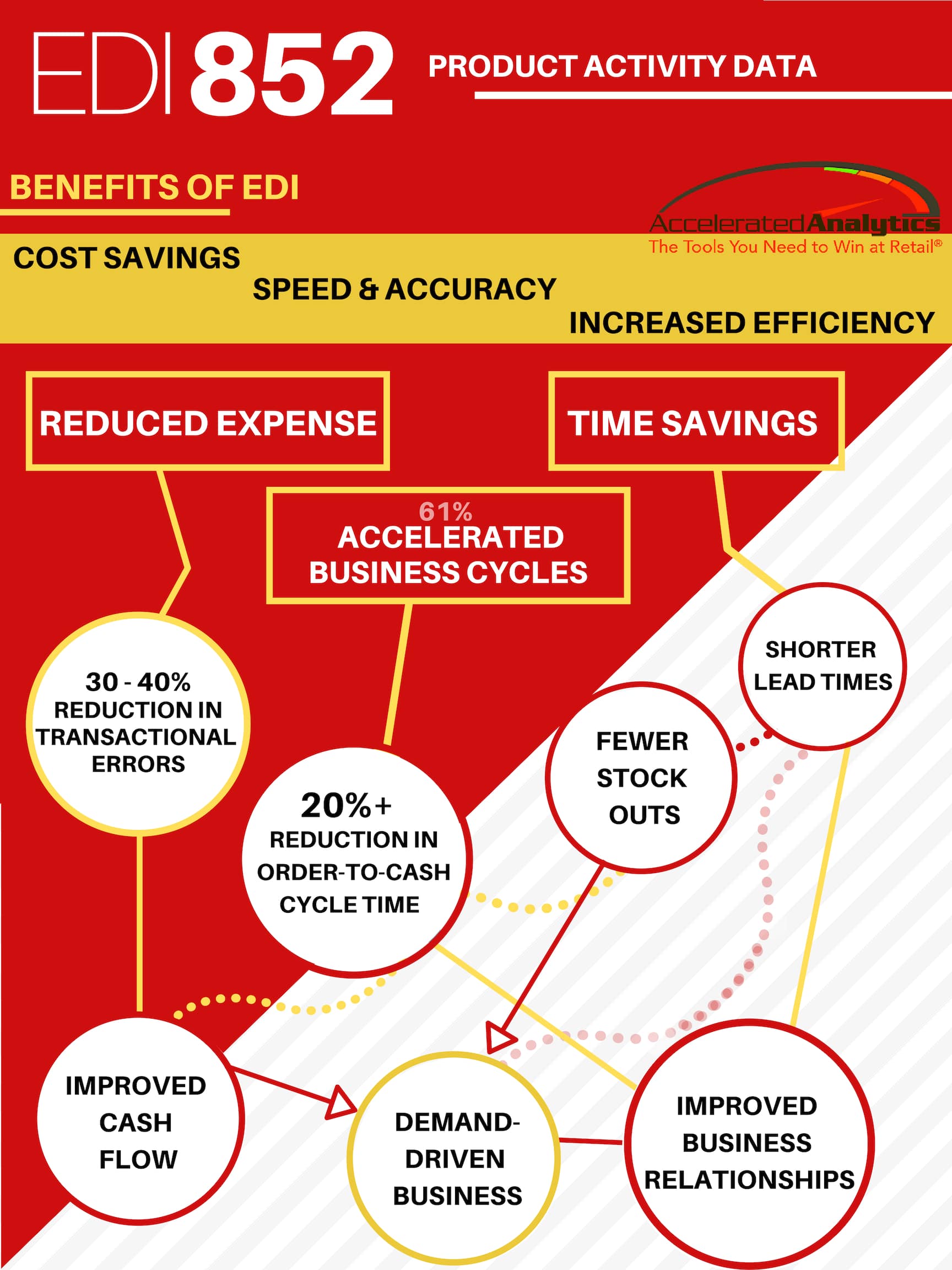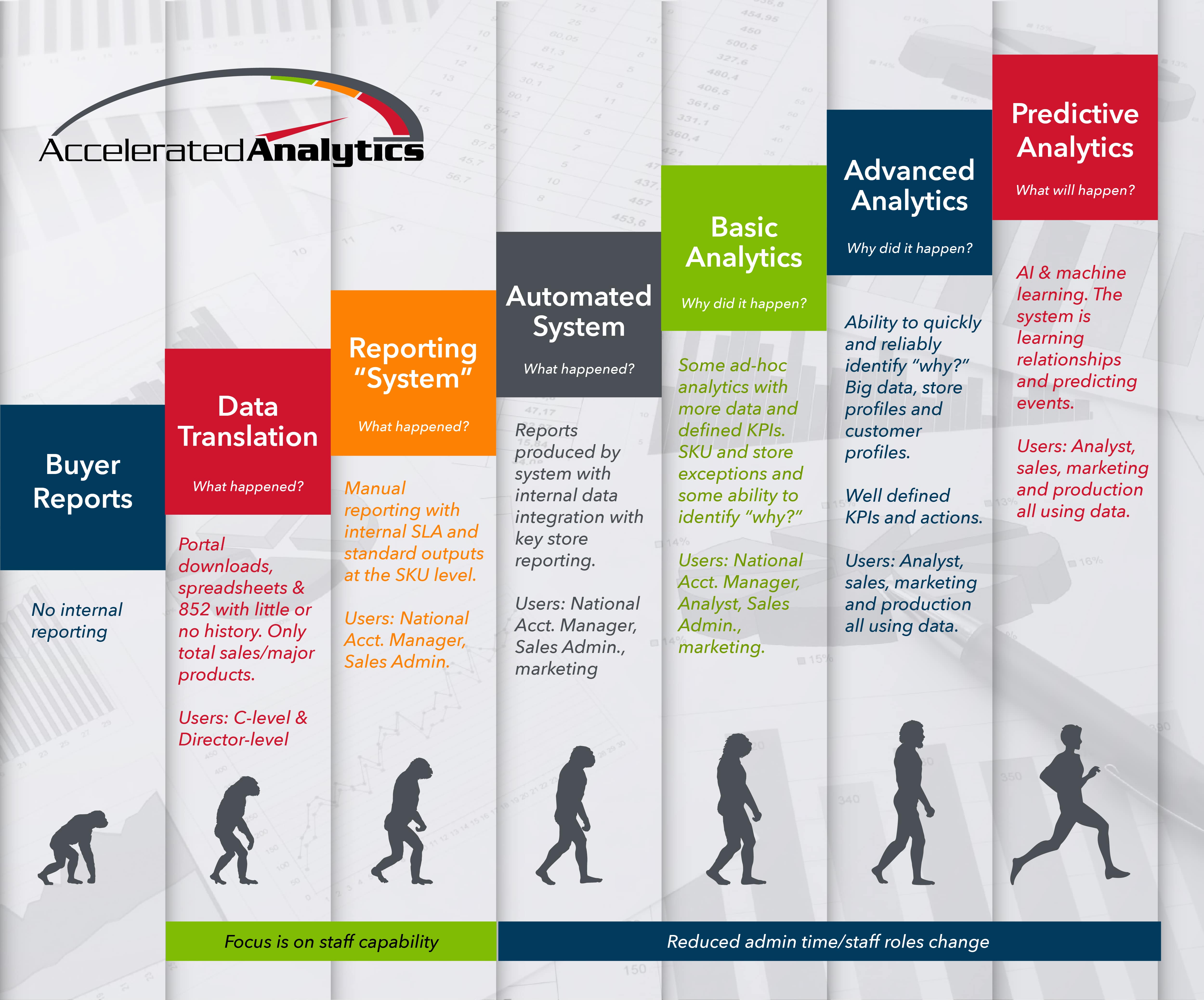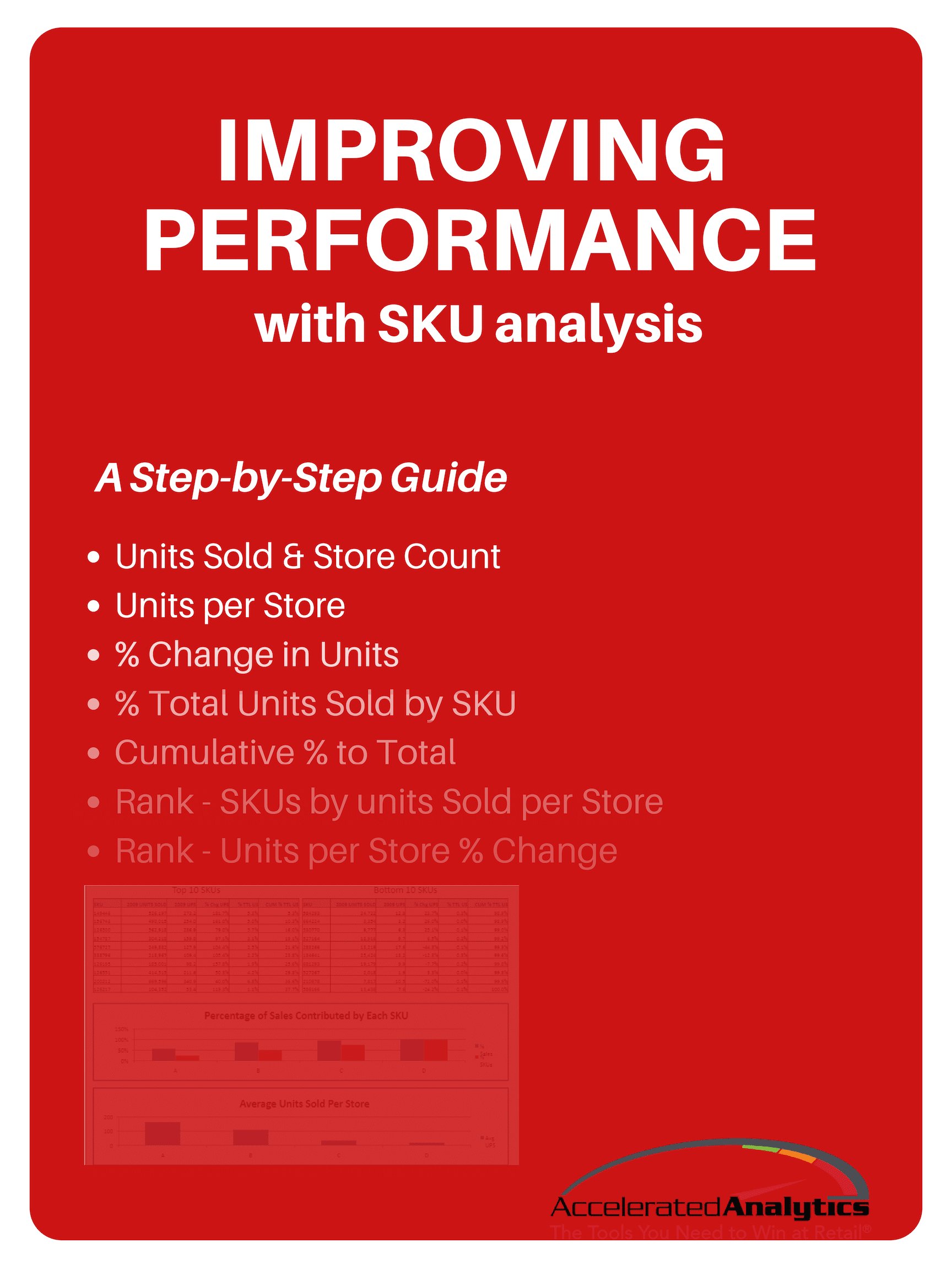MARTIN CRUTSINGER
Published: Associated Press 3/13/12
February retail sales rose 1.1 percent, biggest gain in 5 months, with autos showing strength. (AP Photo/Pat Wellenbach) WASHINGTON (AP) – Americans stepped up spending on retail goods in February, evidence that a stronger job market is boosting the economy.
Consumers bought more autos, clothes and appliances. They also paid higher prices for gas.
Retail sales increased 1.1 percent last month, the Commerce Department said Tuesday. It was the biggest gain since September. The government also revised up the previous two months.
Some economists noted that the February increase and the revisions could lead to faster economic growth. It could also put pressure on Chairman Ben Bernanke and the Federal Reserve to rethink its plan to hold interest rates at record lows until at least late 2014.
The Fed is holding a one-day policy meeting Tuesday.
“We believe that the consumer is in better shape than recent downbeat commentary from Fed Chairman Bernanke,” said John Ryding and Conrad DeQuadros, analysts with RDQ Economics, in a note to clients.
A separate Commerce report showed U.S. companies restocked at a faster pace in January, a sign that businesses expect stronger job growth to fuel more sales. Business stockpiles rose 0.7 percent in January, while sales increased 0.4 percent.
One factor driving the retail sales increase was a 3.3 percent rise in gasoline sales last month. It was the biggest increase in nearly a year and reflected a surge in gas prices.
Still, retail sales increased a solid 0.8 percent after excluding gas station sales.
Auto sales rose 1.6 percent. Department stores increased 1.5 percent, the largest gain since November 2010. And sales at appliance and electronics stores climbed 1 percent.
The February gain pushed total sales to a record $407.8 billion. That’s 20.1 percent higher than the recession low hit in March 2009.
The increase comes after the best three months of hiring in two years. The economy has gained 734,000 jobs since December. That’s lowered the unemployment rate to 8.3 percent.
“Retail sales picked up considerably in January and February,” said Joshua Shapiro, chief U.S. economist at MFR Inc.
The government report reflected private data released earlier in the month. U.S. automakers reported having the best annual sales pace in four years in February, despite the surge in gas prices.
Retail merchants reported a 6.7 percent increase in sales in February compared with the same month a year ago, according to the International Council of Shopping Center’s tally of 21 retailers.
An unusually mild winter had depressed sales of cold weather items during the holiday season. But that turned out to be beneficial in February because it helped to lift spending on spring merchandise.
Economists are concerned that consumers could limit spending this year if their wages continue to lag inflation. And rising gas prices could put further strains on household budgets.
The average price for a gallon of gas was $3.80 ($1 a liter) Monday. That’s 30 cents more than consumers paid one month ago.
The overall economy grew at an annual rate of 3 percent in the final three months of last year. But part of that growth came from businesses rebuilding their inventories. That is expected to slow in the current January-March quarter and many economists expect slower growth from the fourth quarter pace.
For all of 2012, analysts at JPMorgan Chase forecast growth of 2.2 percent, an improvement from the 1.7 percent growth seen in 2011.
© 2012 The Associated Press. All Rights Reserved.

 Vendors are working hard to understand how to best use retail POS and inventory data, which is made available via EDI 852 or a web portal. Here are five very common questions vendors ask as they work with our team to put a data analysis solution in place.
Vendors are working hard to understand how to best use retail POS and inventory data, which is made available via EDI 852 or a web portal. Here are five very common questions vendors ask as they work with our team to put a data analysis solution in place.

